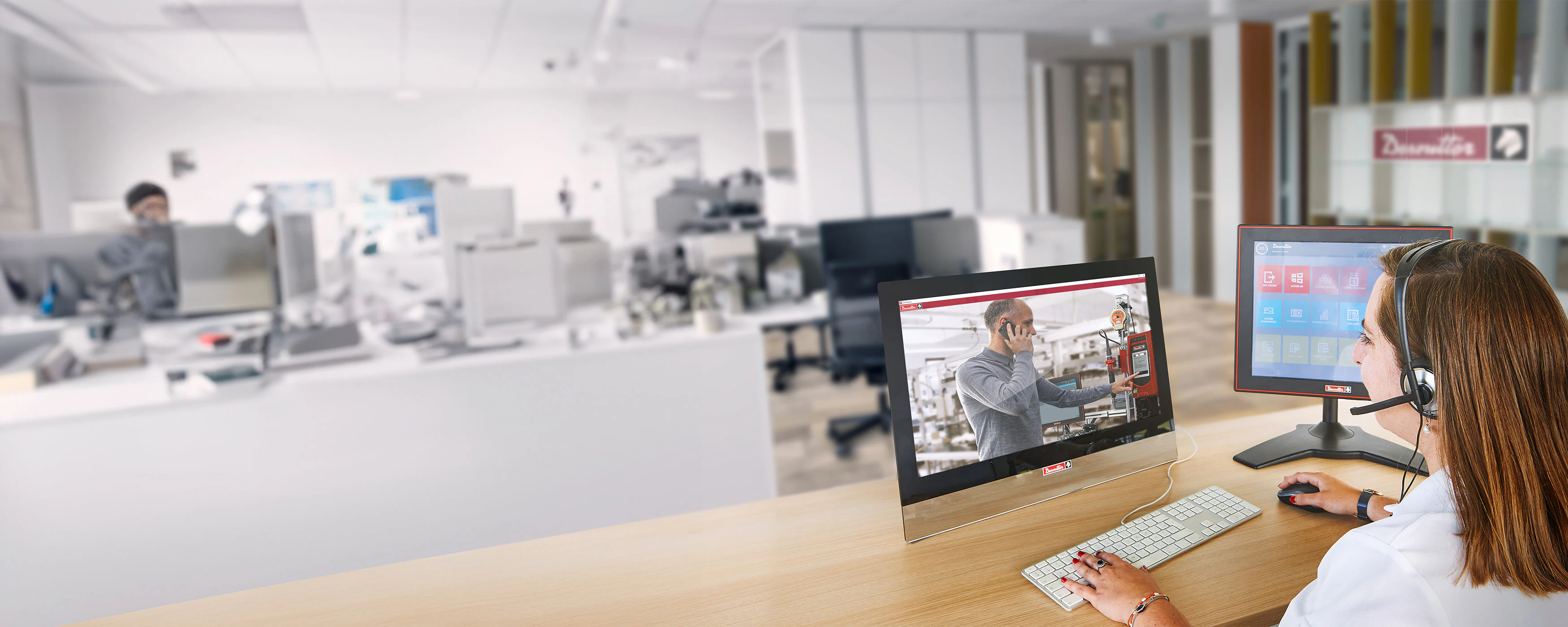
In the fast-paced world of business, office technology plays a crucial role in maintaining productivity and efficiency IT Support. However In the fast-paced world of business, office technology plays a crucial role in maintaining productivity and efficiency. However , like any other asset, technology requires regular maintenance to ensure it operates at peak performance and enjoys a long lifespan. Implementing best practices for maintaining office technology can save companies time and money while minimizing disruptions. This article outlines essential maintenance practices that can help keep your office equipment running smoothly.
, like any other asset, technology requires regular maintenance to ensure it operates at peak performance and enjoys a long lifespan. Implementing best practices for maintaining office technology can save companies time and money while minimizing disruptions. This article outlines essential maintenance practices that can help keep your office equipment running smoothly.
- Regular Software Updates
Keeping software up to date is one of the most straightforward yet vital maintenance practices. Software developers frequently release updates that include security patches, bug fixes, and new features. Neglecting to install these updates can leave your systems vulnerable to cyber threats and cause compatibility issues with other software. Establish a schedule for regularly checking for updates and apply them promptly. For larger teams, consider using automated update tools to streamline this process and ensure consistency across devices. - Routine Hardware Cleaning
Physical cleaning of office equipment is essential for optimal performance. Dust, dirt, and debris can accumulate in devices such as computers, printers, and copiers, leading to overheating and mechanical failures. Establish a routine cleaning schedule for all hardware, focusing on removing dust from vents, fans, and keyboards. Use appropriate cleaning supplies and techniques to avoid damaging sensitive components. Regular cleaning not only prolongs the life of your equipment but also enhances the overall workplace environment by reducing allergens and maintaining a tidy appearance. - Monitor and Manage Storage
Managing storage effectively is critical for maintaining performance, especially for computers and servers. Over time, devices can become cluttered with unnecessary files, leading to slow performance and potential crashes. Regularly review and delete files that are no longer needed, and organize remaining files into appropriate folders. For cloud storage solutions, take advantage of built-in features that help you manage and analyze storage use. Additionally, consider implementing a data retention policy that outlines how long different types of data should be kept, ensuring that your storage remains optimized. - Conduct Regular Backups
Data loss can be catastrophic for any business, making regular backups a crucial maintenance practice. Establish a backup schedule to ensure that all critical data is securely saved in multiple locations, such as cloud storage and external hard drives. Utilize automated backup solutions to simplify this process and minimize the risk of human error. Regularly test your backups to confirm that they are functioning correctly and that data can be restored quickly when needed. By prioritizing data backups, you can protect your organization from potential disruptions and data loss incidents. - Provide Employee Training
A well-trained team is essential for maintaining office technology effectively. Regularly provide training sessions on best practices for using, troubleshooting, and maintaining equipment. Focus on key areas such as cybersecurity awareness, software usage, and proper handling of hardware. Encouraging employees to take ownership of their tools can lead to better care and more efficient use of technology. Additionally, maintain open lines of communication for reporting issues or requesting support, ensuring that your team knows how to seek help when needed. - Schedule Professional Maintenance
In addition to routine in-house maintenance, consider scheduling professional servicing for critical equipment. Many manufacturers and service providers offer maintenance contracts that include regular check-ups, repairs, and updates. These services can help identify potential issues before they escalate, ensuring that your technology remains in optimal condition. Depending on the type of equipment and usage, establish a maintenance schedule that includes both preventive and corrective measures, enhancing longevity and performance.
Conclusion
Maintaining office technology is essential for ensuring longevity and performance in a dynamic work environment. By implementing best practices such as regular software updates, routine hardware cleaning, effective storage management, data backups, employee training, and professional maintenance, businesses can optimize their technology investments and minimize disruptions. Prioritizing maintenance not only protects your assets but also creates a more efficient and productive workplace for your team.
